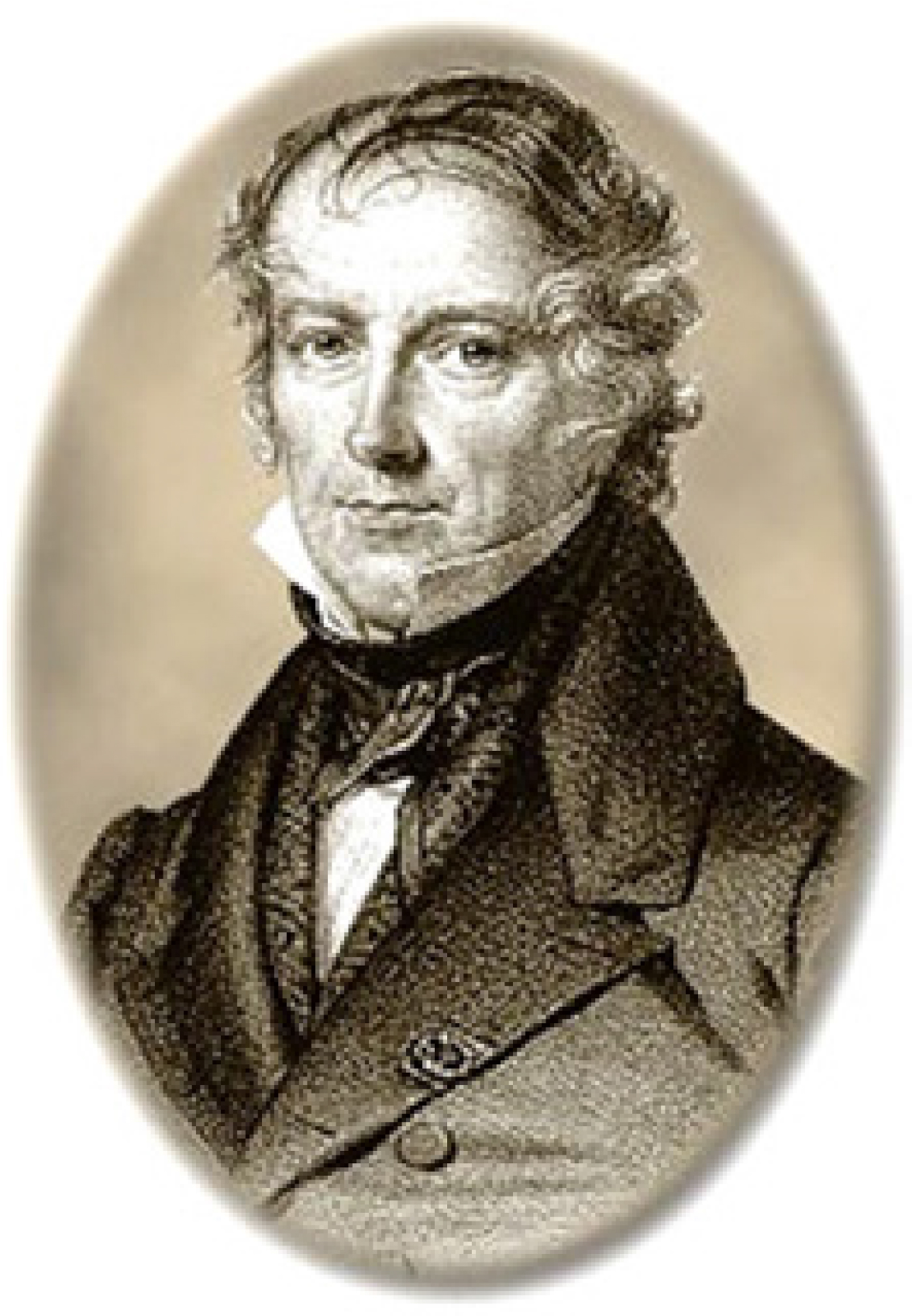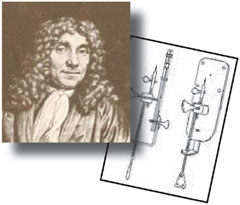Jean-Baptiste Biot (1774–1862)

Jean-Baptiste Biot (1774–1862)
Jean-Baptiste Biot was a physicist and mathematician who made advances in geometry, astronomy, elasticity, magnetism, heat, and optics. For his work on the polarization of light passing through chemical solutions, Biot received the Rumford Medal from the Royal Society in 1840.
Biot's father was a treasury official who had planned for his son to enter the world of commerce. Biot was provided with a private math tutor in his youth and was educated at the college of Louis-le-Grand before joining the French army in 1793. After serving briefly in the artillery, he enrolled at the Polytechnic School in Paris. He later moved to Beauvais to act as a mathematics professor but returned to Paris in 1800 when he was given the position of chair of mathematical physics at the College de France. Elected to the French Academy of Sciences at an unusually young age in 1803, that same year Biot was sent to investigate objects falling from the sky. His findings helped initiate the general acceptance of the existence of meteorites. Then, in 1804, he accompanied Joseph Gay-Lussac on the first balloon trip undertaken for scientific purposes.
Biot's interest in optics was spurred in 1806 when Thomas Young revived the wave theory of light. The resurgence of the theory divided the great physics minds of the day into two separate camps, one that supported the wave theory, and another that believed in the corpuscular nature of light. Biot, a member of the latter group, began devoting his time to developing mathematical support for the idea that light existed as particles. In 1808, experiments performed by Etienne-Louis Malus showed that reflected light became polarized, a finding that could only be explained by the wave theory of light. However, Biot chose to repeat and expand upon the work of Malus in hopes of attaining validation for the opposing light theory.
Although he was sometimes forced to create ingenious explanations to maintain his support of the corpuscular theory, Biot made significant advances in the study of optics. In 1815, he demonstrated that polarized light, when passing through an organic substance, could be rotated clockwise or counterclockwise, depending on the optical axis of the material. Further investigation showed that the angle of rotation was a direct measure of the concentration of the substance, which provided a simple mechanism for analyzing saccharine solutions. Biot's substantial research in the field of polarization also laid the groundwork for much of Louis Pasteur's work and established the science of polarimetry.
Collaboration with the physicist Felix Savart led to another of Biot's significant accomplishments. Together, in 1820, they discovered that the intensity of the magnetic field established by a wire carrying an electric current is inversely proportional to the distance from the wire. The relationship, now referred to as the Biot-Savart Law, is an elemental component of modern electromagnetic theory.
In addition to his scientific pursuits, Biot was a prolific writer. By the time he passed away in Paris on February 3, 1862, he had completed over 250 works of various types, the most renowned of which is his Elementary Treatise on Physical Astronomy (1805). Biot was widely recognized during his lifetime for his many contributions and was honored with election into the prestigious French Academy of Sciences in 1856.





